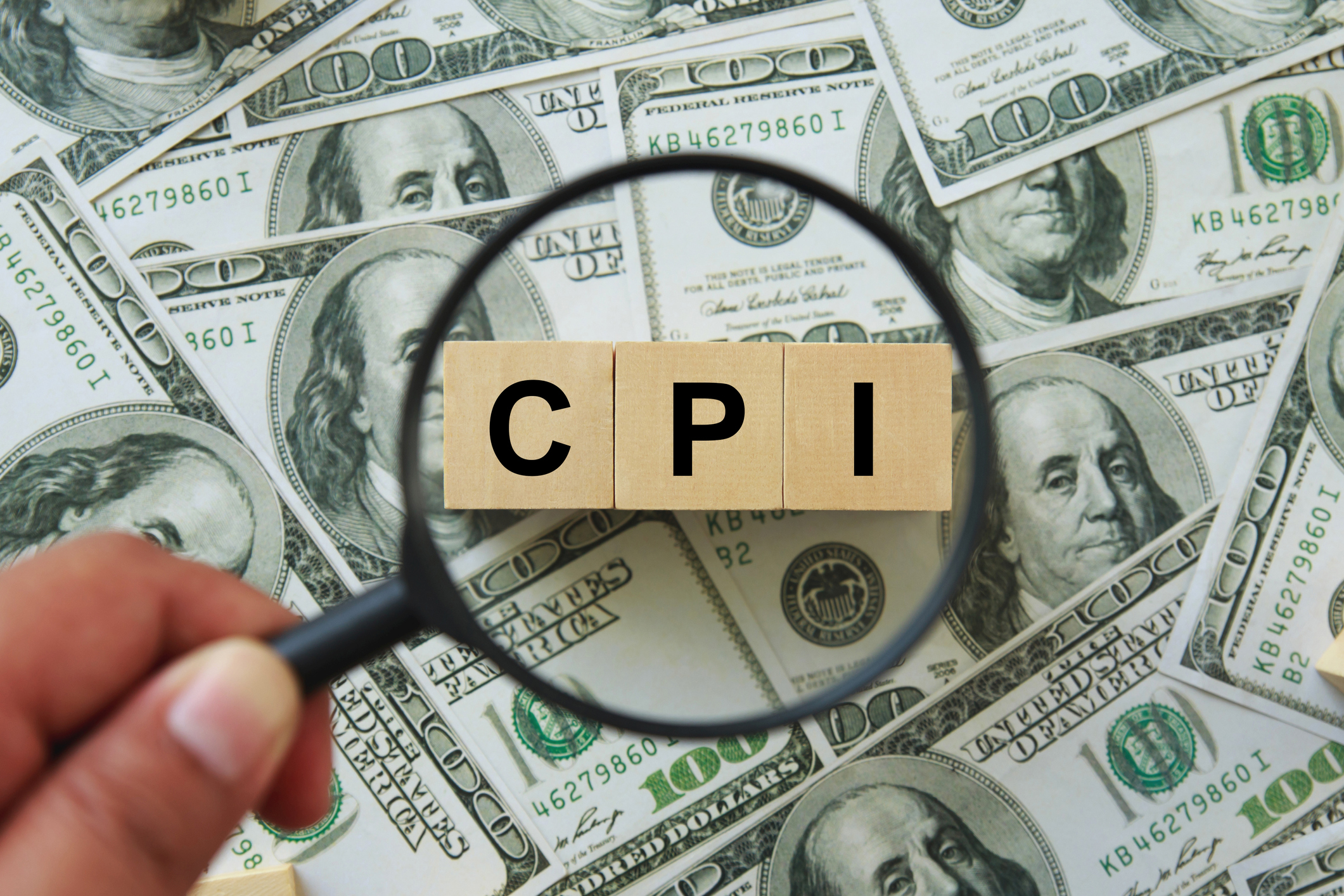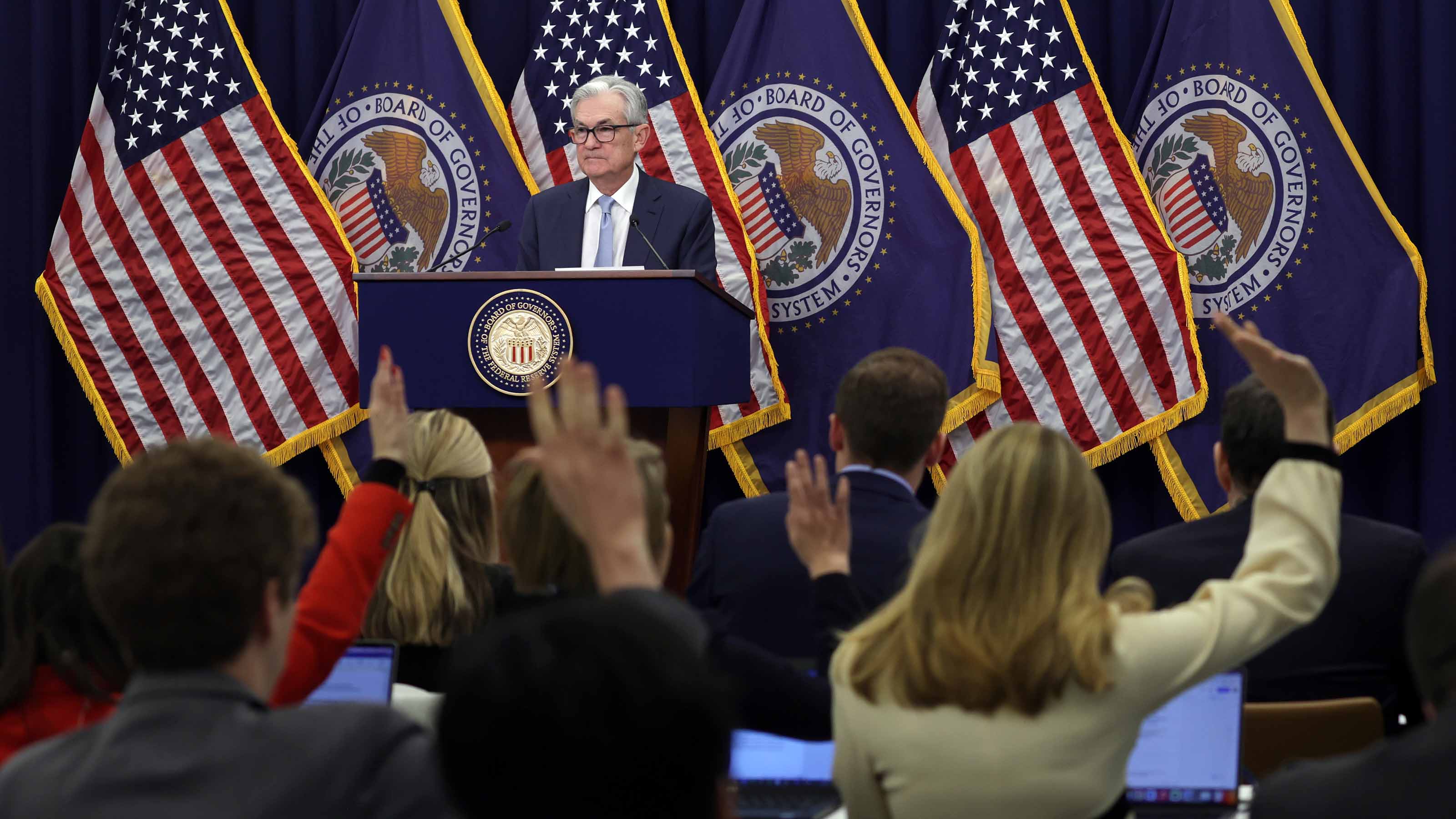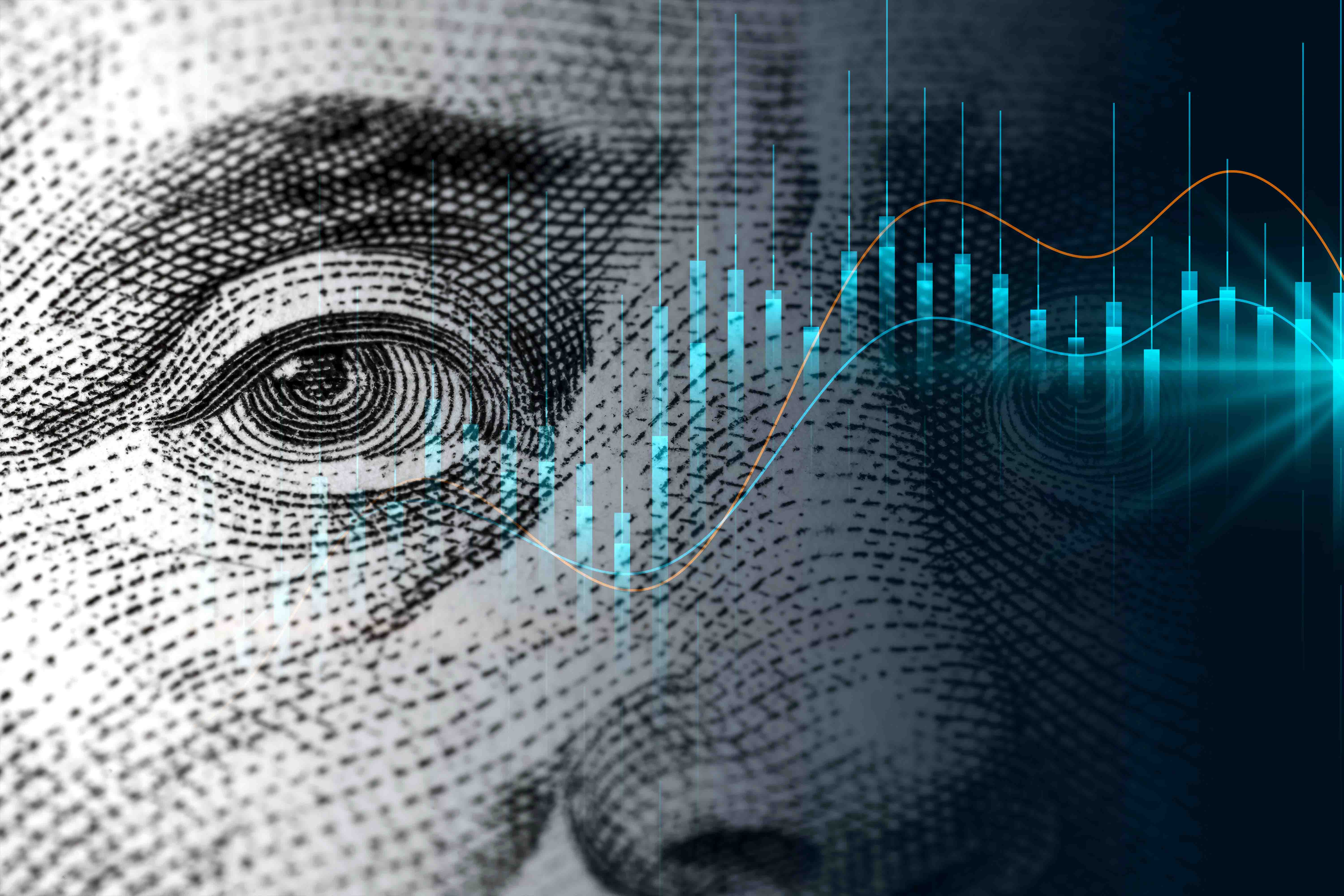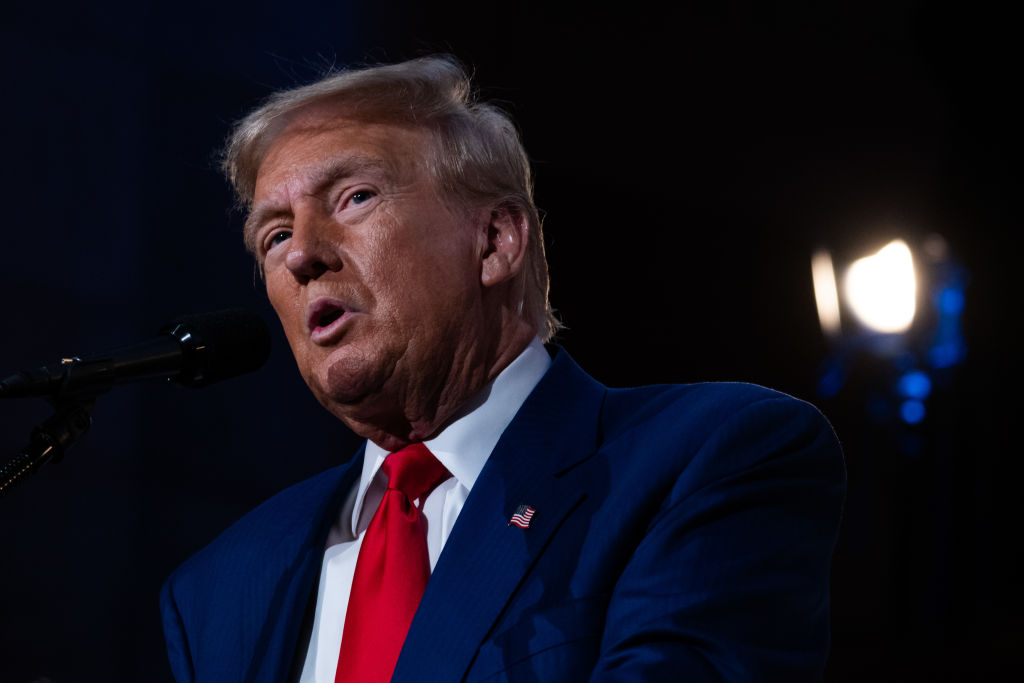Kiplinger GDP Outlook: A Slowdown Is Coming
A surge in imports ahead of new tariffs likely slowed GDP growth, and a trade war may drag it down further.

Kiplinger’s Economic Outlooks are written by the staff of our weekly Kiplinger Letter and are unavailable elsewhere. Click here for a free issue of The Kiplinger Letter or to subscribe for the latest trends and forecasts from our highly experienced Kiplinger Letter team.
First-quarter GDP growth is likely to come in low. Imports surged in January (which detracts from the GDP numbers) as businesses and retailers sought to rush in imported goods ahead of threatened tariffs. Normally, the GDP impact would be reversed as both production and inventories also rise, but a possible trade war between the United States and the rest of the world over Washington’s new tariffs could extend the economic slowdown. Some consumers may pull back on spending if they are afraid of losing their jobs, and some businesses will be reluctant to hire and to invest because of the uncertainty over trade.
Storm clouds will loom over the economy as the year progresses. The trade war, if it is sustained, will hurt U.S. exports and could extinguish the recent revival in manufacturing. Already, consumer sentiment is dropping fast, though much more so among Democrats and independents than among Republicans. The Trump administration has not only been cutting federal employees, but also canceling contracts that sustain government contractors and nonprofits. As an example, Johns Hopkins University in Baltimore laid off 247 employees based in the U.S. as a result of the loss of a USAID contract. The ripple effect of canceled contracts beyond government agencies is unknown, but potentially high.

Sign up for Kiplinger’s Free E-Newsletters
Profit and prosper with the best of expert advice on investing, taxes, retirement, personal finance and more - straight to your e-mail.
Profit and prosper with the best of expert advice - straight to your e-mail.
Even without a trade war, the economy was due for some slowing. Consumer income growth was expected to be tempered by both fewer job gains this year and a stock market that was due for a breather, after nearly 25% gains in each of the previous two years. Now that the market has dropped about 10% at the time of this writing, that seems likely to ding spending on big-ticket items, like auto sales and renovation projects.
2025 GDP growth is likely to slow to at least a 2.0% pace, down from 2.8% in 2024. 2% growth is still pretty good, since it would match the economy’s potential growth rate over the long run. (Long-run growth potential is determined by the sum of productivity gains and labor force growth, and those two factors point to a roughly 2% long-term pattern for U.S. GDP.) There could be further downward revisions of 2025 growth estimates, however.
Source: Department of Commerce: GDP Data
Read more
Get Kiplinger Today newsletter — free
Profit and prosper with the best of Kiplinger's advice on investing, taxes, retirement, personal finance and much more. Delivered daily. Enter your email in the box and click Sign Me Up.

David is both staff economist and reporter for The Kiplinger Letter, overseeing Kiplinger forecasts for the U.S. and world economies. Previously, he was senior principal economist in the Center for Forecasting and Modeling at IHS/GlobalInsight, and an economist in the Chief Economist's Office of the U.S. Department of Commerce. David has co-written weekly reports on economic conditions since 1992, and has forecasted GDP and its components since 1995, beating the Blue Chip Indicators forecasts two-thirds of the time. David is a Certified Business Economist as recognized by the National Association for Business Economics. He has two master's degrees and is ABD in economics from the University of North Carolina at Chapel Hill.
-
 The AI Doctor Coming to Read Your Test Results
The AI Doctor Coming to Read Your Test ResultsThe Kiplinger Letter There’s big opportunity for AI tools that analyze CAT scans, MRIs and other medical images. But there are also big challenges that human clinicians and tech companies will have to overcome.
By John Miley Published
-
 The Best Places for LGBTQ People to Retire Abroad
The Best Places for LGBTQ People to Retire AbroadLGBTQ people can safely retire abroad, but they must know a country’s laws and level of support — going beyond the usual retirement considerations.
By Drew Limsky Published
-
 What DOGE is Doing Now
What DOGE is Doing NowThe Kiplinger Letter As Musk's DOGE pursues its ambitious agenda, uncertainty and legal challenges are mounting — causing frustration for Trump.
By Matthew Housiaux Published
-
 A Move Away From Free Trade
A Move Away From Free TradeThe Letter President Trump says long-term gain will be worth short-term pain, but the pain could be significant this year.
By David Payne Published
-
 Trump’s Whirlwind Month of Crypto Moves
Trump’s Whirlwind Month of Crypto MovesThe Kiplinger Letter The Trump administration wants to strengthen U.S. leadership in the cryptocurrency industry by providing regulatory clarity.
By Rodrigo Sermeño Published
-
 CPI Report Puts the Kibosh on Rate Cuts: What the Experts Are Saying About Inflation
CPI Report Puts the Kibosh on Rate Cuts: What the Experts Are Saying About InflationCPI Consumer price inflation reared its ugly head to start the year, dashing hopes for the Fed to lower borrowing costs anytime soon.
By Dan Burrows Published
-
 Fed Leaves Rates Unchanged: What the Experts Are Saying
Fed Leaves Rates Unchanged: What the Experts Are SayingFederal Reserve As widely expected, the Federal Open Market Committee took a 'wait-and-see' approach toward borrowing costs.
By Dan Burrows Published
-
 What Could Derail the Economy This Year?
What Could Derail the Economy This Year?The Letter While the outlook for the U.S. economy is mostly favorable, there are plenty of risks that bear watching.
By David Payne Published
-
 CPI Report Keeps the Fed on Track: What the Experts Are Saying About Inflation
CPI Report Keeps the Fed on Track: What the Experts Are Saying About InflationCPI Disinflation in key areas of consumer prices should help the Federal Reserve stick to its policy path of gradual cuts to interest rates.
By Dan Burrows Published
-
 Three Ways President Trump Could Impact the Economy
Three Ways President Trump Could Impact the EconomyThe Letter Some of Trump's top priorities could boost economic growth, but others risk fueling inflation.
By David Payne Published